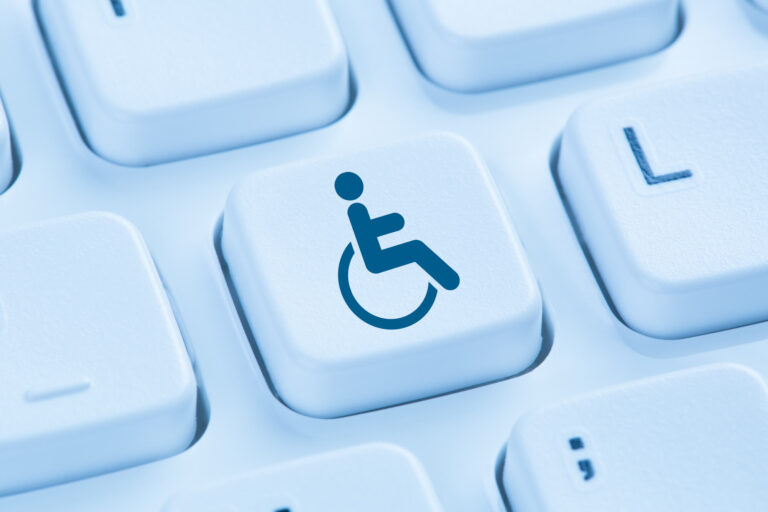Your WordPress experience can be the same thing if you follow some of the advice were about to present to you today. Today, you are going to learn several methods that can make your web page created with the help of run WordPress smoother and much faster than you ever anticipated or thought possible. So, with no more further ado let’s see how we can improve our WordPress website’s speed, so visitors will make a purchase and come back again that only to buy more but happy to do so.
First, you need to have a good hosting service
In order to get the most out of your ISP host, it is better to choose one that has servers that are physically located in the area where your users are. For example, if your expected visitors are from the US you should go with a company that has their servers in data centers located strategically across the country in major cities and hardened data centers. The same is true if you are planning on setting up shop in the European Union or anywhere else for that matter.
In addition, you need to tailor your hosting plan. Depending on your budget going with dedicated servers is always much better than going with shared servers. Adding to that, a Virtual Private Server (VPS) network to your hosting plan can also increase the speed of access to your web pages. Dedicated servers and setting up virtual servers within these boxes allows you to on the fly to your web page response and even allow you to perform server upgrades without having to take your environment down. One final thing, shop around and get the best servers you can afford and learned a bit about the specifications, such as:
- Number of the CPUs
- Physical Memory
- Disk Size
Most importantly network redundancy, type of Internet access, and speedVerify the software, virus protection, and anti-hacking protection and last but not least make sure it is compatible with the WordPress environmentOne final point is to make sure you get a 100% guaranteed uptime clause in your Service Level Agreement (SLA) from your host providerBy doing these things, you’ll see your rankings improve and your traffic will increase proportionately. Just by having the best hosting environment possible, you’ve won half the battle when it comes to improving access and speed to your web pages.
Connect to a CDN
CDN stands for content delivery network. This is a network of servers that are spread all over the world in many locations. It hosts the static pages of your website (however, this means you still need to have a primary host system so don’t give up your current hosting provider just yet) what this gives you is your users can request a page browsing the website from anywhere on earth and they will get that page from the nearest CDN server. This all translates that the physical distance between your users can access to web pages is much quicker than if they have to connect all the way to your primary servers. This introduces bottlenecking with your main servers and cuts access time the web pages.
Your Dream Website Awaits!
Next, optimize your code and access to your files
This is probably the most important thing to do to getting the most out of any web page or website for that matter. There are a number of things you can do that dramatically can affect the speed of access to your site(s):
- Minify CSS, JS, and HTML code (however, be careful is doing this to some of your plug-ins can break CSS).
- Combine your CSS and JS files, this will reduce the number of request.
- Load your scripts asynchronously
- Load JS libraries from CDN
- Enable GZIP compression
When you do these things the Netizens who visit your web pages will be astounded at how quickly they can move from screen to screen in this goes a long way to ensuring customer satisfaction.
Image optimization is the next bugaboo you need to tackle
People hate waiting while they watch the screen image slowly paint its way across the screen and you need to know that most Netizens spend no more than 15 seconds before clicking away if they don’t see anything that attracts their attention. This means your pictures have to be available right away to pique their interest and keep them on the page for at least 30 seconds. After that is more likely, they will continue reading instead of surfing onto the next link.
Here the some of the things that you can do to speed up your picture loading:
- changing the default compression
- Use lossy or lossless techniques
- Use SVG format
- Strip metadata
- Automate mobile image resizing
- Change your image file locations
- Combined images and using CSS sprites
In this way, your web pages will almost leap into the lap of those viewing them.
Remove unnecessary components
WordPress websites are filled with plug-ins which give you excellent functionality, many of the newer add-ons are built using Frameworks and all of these hide a tremendous amount of code behind the scenes which while simplifies your programming efforts can actually be detrimental to the speed of your web pages. So, go with smaller plug-ins that offer the same functionality and measure the response times that you get.
Clean up your databases
Housekeeping is a must and keeping your database streamlined and getting rid of the trash can go a long way to cutting down on axis times.Optimize for smartphone and handheld accessToday, most people are accessing the web from their handhelds. You should optimize your web pages for this. This means when you’re writing your code you should design your apps on your web pages to deal with mobile’s first. CSS code can be optimized for this. This makes auto sizing of windows much simpler. However, if you are using WordPress, the themes are often designed for a desktop. Therefore, you might have to be very selective on the type of themes you are planning on using.
Enable caching
Let the user’s browser cache the files. That way the user avoids having to retrieve them every time they look at a page repeatedly. In addition, add expiring headers. So, the browser will know if it’s time to reload the requested page or use the one that is in the cache.
Final thoughts…
We hope you found this article to be useful. We also remind you to test your web pages periodically. There are free online tools. Some of the best are GTmatrix, Pingdom, and Google PageSpeed. These tools will help you identify where your performance issues are and with that information, it will be much easier to make the needed changes to make your visitors happy and excited to be on your web pages.


























